Eight types of email subject lines to boost your open rates
You might’ve just crafted a fantastic email with lots of useful and interesting content and information. But if your subject line is weak, your subscribers won’t open your email.
If they don’t open your email, you won’t stand a chance to accomplish the goals behind it – whether that’s to get them to read your latest blog post, to learn more about the new product you’ve launched or to take advantage of your 30% discount offer.
If they don’t open your email, it means that your campaign’s a goner. It means that you failed.
A good email subject line convinces subscribers to open your email. It encourages them to give it attention. It gets them excited about what they’re going to learn or to achieve after they look through it.
So if you’re having trouble getting subscribers to open your emails, we’re here to help with eight types of subject lines that work. Now you have a reference guide for every email you send.
Ready? Let’s dive in.
1. “How to”
While it might seem boring and uninspiring, the “How to” subject line still works. Why?
Simple. We all strive to be better. We want to learn how to be more productive, look better, live healthier, make more friends, make more money, find success in business or in our personal lives.
It’s these things that motivate us to open some of the emails you’ll see below, like this one from Kevin Rogers from Copy Chief which helps readers learn how to “kill it as a podcast guest”:
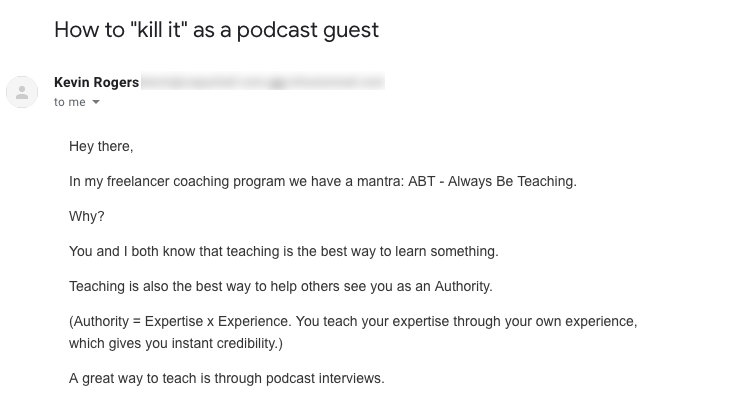
Or this one that wants to give you advice on how to get unstuck and make more money:
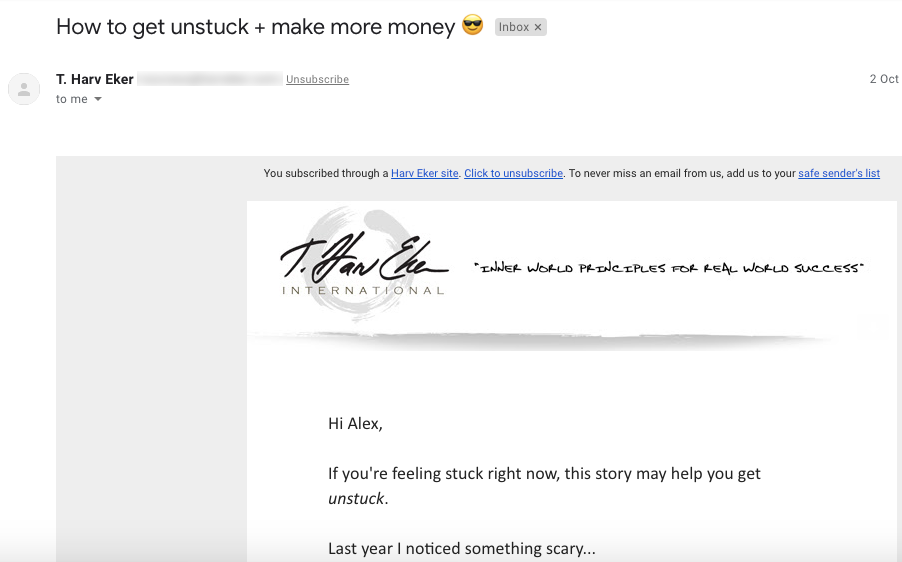
So an email with a “How to” subject line offers subscribers a promise that by opening and reading that email, they’ll learn something valuable that can help them to be better at something.
2. Quick and easy fix
Take a look at this subject line from Medium:
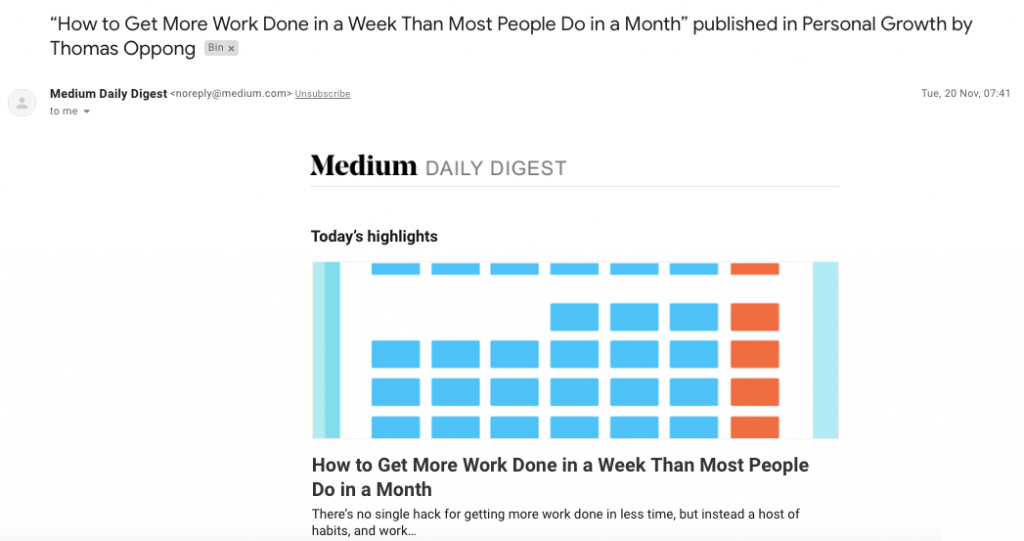
It grabs your attention, doesn’t it? You know why? It’s because it promises to teach you to do more work in less time.
Here’s the thing: our brains are wired to look for quick and easy fixes to our problems. We want to get that six pack, we want to run that marathon and we want to get rich but hopefully not by working hard over a period of a year. We want it easy and we want it now. We want the shortcut.
That’s why when we read a subject line that includes words like “secrets”, “in five minutes” or “in three simple steps”, we’re compelled to click to learn more. We expect to open that email and to find the “secret” that will change our lives overnight.
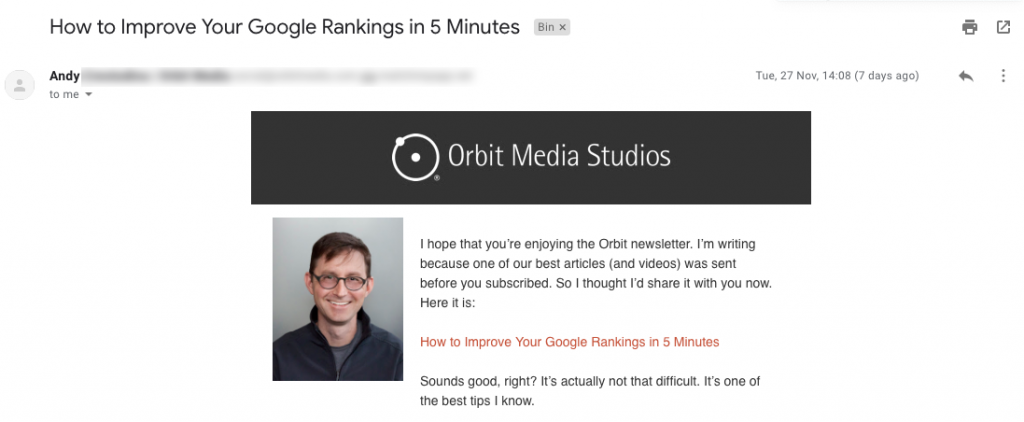
Here’s another example:
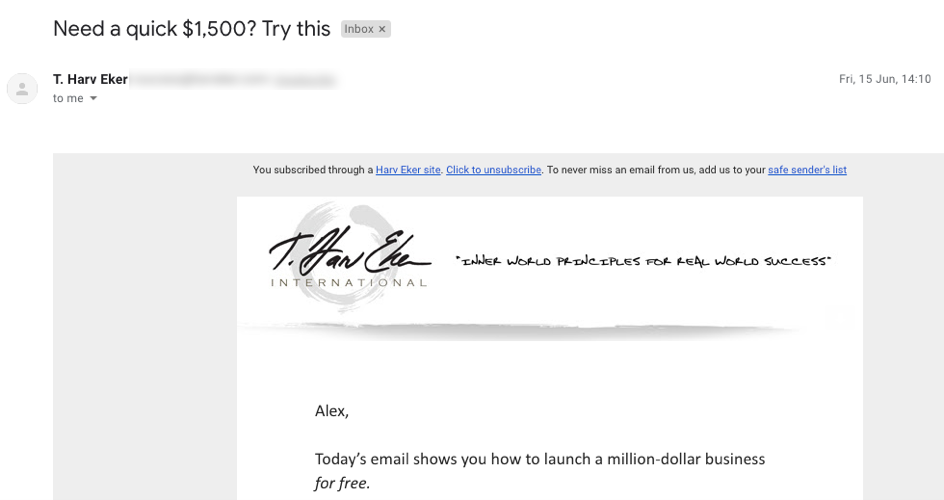
3. Fear of Missing Out (FOMO)
We’re always plagued by the fear of being left behind, of missing out on something – a fun event, a great resource or a fantastic deal. So why not take advantage and use this strategy in your subject lines?
Check out these examples:
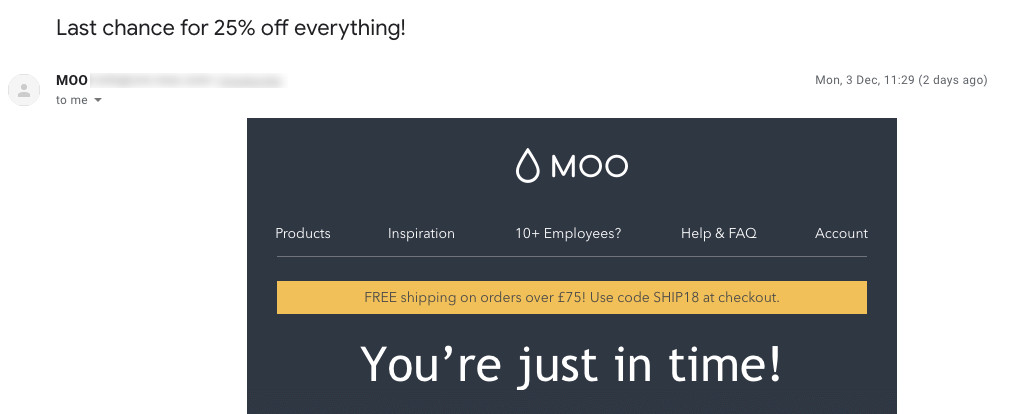
Email subject lines threatening scarcity like “only five left”, “last chance” or “expires in two hours” tend to perform well because people feel compelled to act quickly to avoid “missing out”.
Throw in some numbers, punctuation and partial capitalisation like in this example below and watch as your click rates increase.
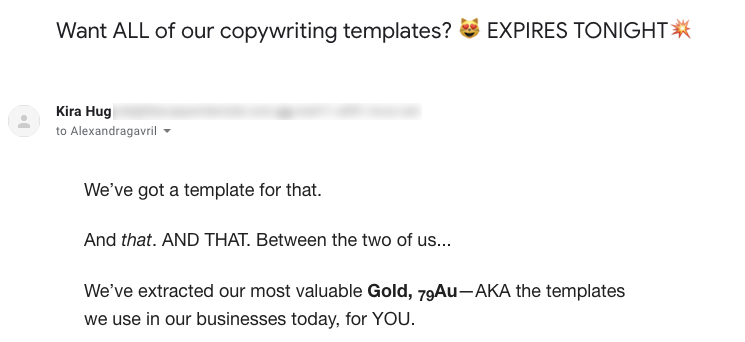
If this subject line had said “expires in a week” or “expires at the end of the month”, you’d feel less compelled to open it now. You may even forget about it and never open it.
That’s why generating urgency is so important to getting subscribers to click. It gets them to act now rather than later.
4. Curiosity
Another strategy to entice subscribers to click to open your emails is to spark their curiosity in the subject line.
When done right, it can bring in fantastic results. In fact, Joanna Wiebe from CopyHackers managed to generate 927% more signups on a pricing page by using curiosity to compel people to click.
Check out these two examples:
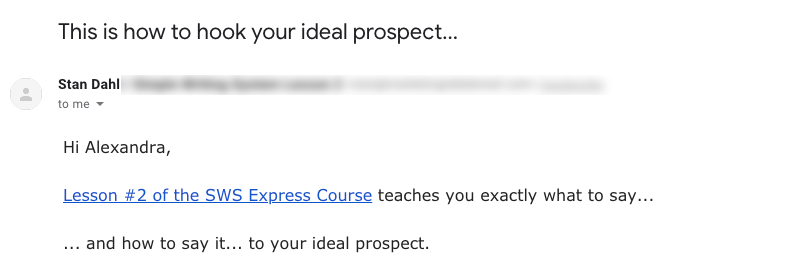
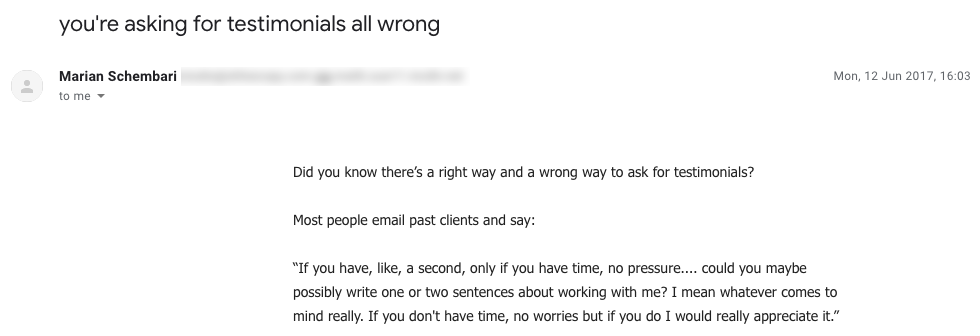
These subject lines work because they’re using curiosity right.
But there’s also a wrong way to do it, which can leave subscribers scratching their heads because they can’t understand what your emails are about.
Check out these examples:
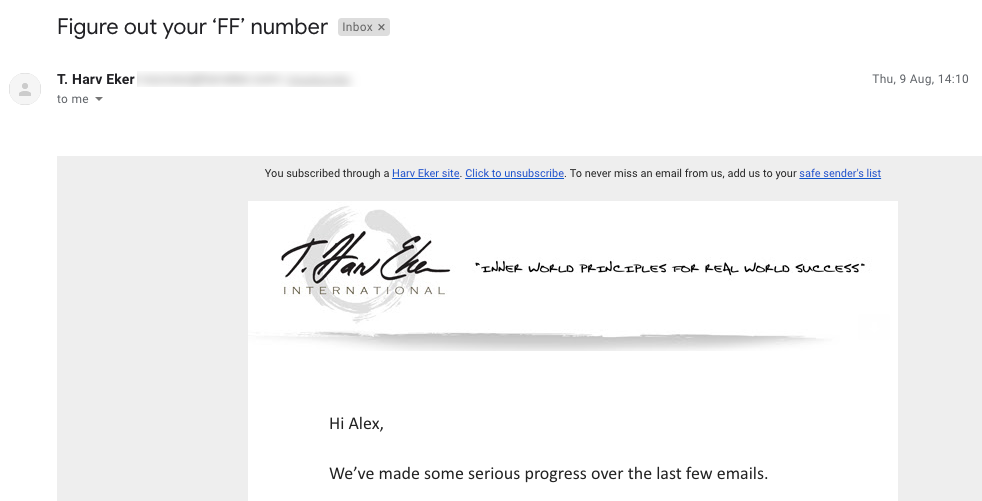
What is this “FF” number and why should subscribers care to figure it out?

How confusing is this subject line? The price of what is going up exactly? Am I even interested in the product or service that’s being sold in this email?
Bottom line: use curiosity in your subject lines but don’t be too mysterious or confusing, otherwise your subscribers won’t be able to tell whether it’s worth their time to open your email. And if they can’t, they’ll most likely ignore or send your email directly to the bin.
5. Question
As opposed to a standard statement, asking subscribers a question immediately engages them.
Here’s a simple example:

When coupled with another one of the subject line types above, they’re even more powerful. Check out this example from Co.Design that combines a question with curiosity:

So while asking a simple question can boost open rates, we encourage you to experiment with different strategies to see what resonates with your subscribers.
6. Authority
We all have famous or successful people who we admire. So if you know your audience’s preferences and interests, you can get their attention by including the name of one of the authorities in your industry that they’ll enjoy hearing from.
Here’s a good example from Fast Company:

Keep in mind though that you should only use this strategy when it aligns with your brand, product or service and when it’s relevant to your email content.
7. Emoji
An increasing number of businesses are embracing emoji as a quick, simple and expressive way to stand out in their subscribers’ inboxes.
They’re also a nice way to inject a bit of personality and also to cut down subject line length when used to replace words.
Check out these three examples:



So, if you’ve never used emoji in your subject lines before, try them out to see how your audience reacts to them.
Just make sure to test your emails before sending them out to make sure the symbols display properly on all devices.
8. Get personal
Incorporating personalisation techniques into email subject lines is another effective way to boost open rates. And by personalisation we don’t just mean including the subscriber’s name into the subject line, although there’s nothing that sounds sweeter to them than their own name.
You can also personalise subject lines based on the information you have on your subscribers. This can be their location, birth date or purchasing history.
Here’s an example from Booking that I received a few days after looking at hotels in Brussels:

In this article you can find other useful email personalisation tactics that you can use to boost open rates and revenue.
Wrapping up
Email success starts with email subject lines. So if you’re spending hours writing your emails but only seconds crafting your subject lines, you have the wrong perspective.
You need to put just as much effort into your subject lines if you want to get significantly higher open rates. Hopefully the advice and examples in this post will help.
